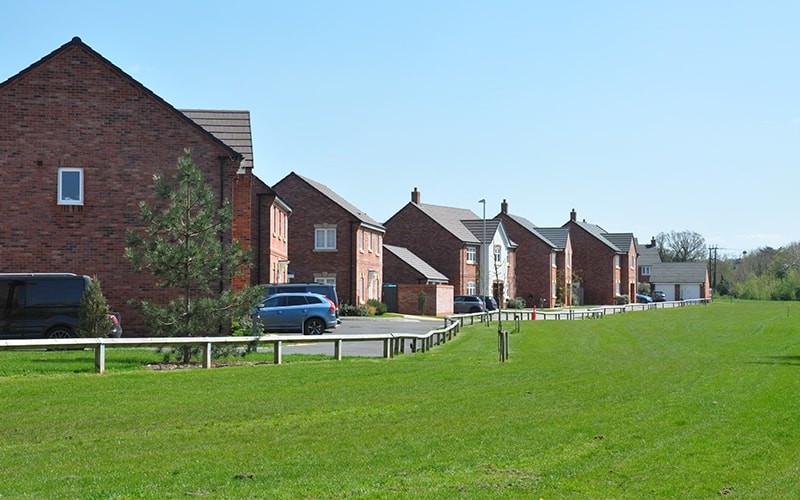A Developers Guide to Employing an Architect
From understanding the feasibility of a plot of land prior to purchase, to determining the functionality, aesthetics, and practicality of the site, being a developer isn’t just about making a profit from shiny new homes.
Besides the local demographics and demand for new dwellings, there are many factors that need to be considered as part of the planning process for a development of any size. One of the most important, and often frustrating, are the planning constraints that ultimately govern the viability of any development. This will include the local plan, proportion of affordable housing required, and any new building regulations that may increase building costs – such as the recent building regulations Part L, which outlines a new target for energy efficiency standards for residential buildings. Click here to find out more.
In short, for the successful and profitable completion of any development, it is imperative that you are well versed and up to date with anything that relates to your project.
Alternatively, you could employ an architect who would be familiar with local planning policies and regulations and will bring to the table a team of professional designers who can navigate through the trickiest of sites, leading to successful outcomes.
An architect will work with you to understand your expectations from the project, which could comprise of anything from executive high-end dwellings set on a private road in Solihull; high volume new build houses to meet local housing needs; high rise apartments in the heart of Birmingham City Centre; to working on a green belt plot in Bromsgrove.
Depending on the nature of your plot, it is worth considering whether you need an architect who has experience with heritage sites, conservation areas and green belt constraints. Building in these areas can mean that the site requires extra planning controls and considerations which are in place to protect the historic and architectural elements that give the site its significance. Architects with experience in these areas are more likely to be able to obtain a successful outcome.
In addition to working to your brief, your appointed architect will be able to advise you and create designs in line with the most current requirements. Following RIBA’s declaration of a climate and biodiversity emergency, architects are well equipped to help developers meet the rising expectations to produce sustainable buildings. This can be through incorporating renewable energy sources into the designs; exploring materials that can be reused or recycled for the build; and by considering how to maximise natural light and ventilation to achieve a better internal environment. Please follow the link to see RIBA’s guide to working with an architect for your development.



